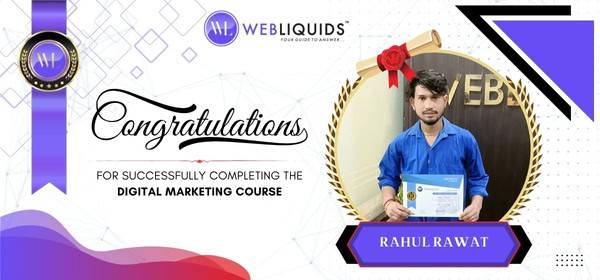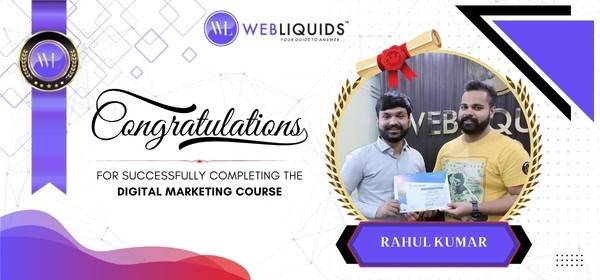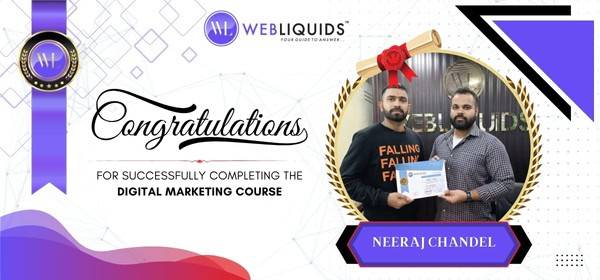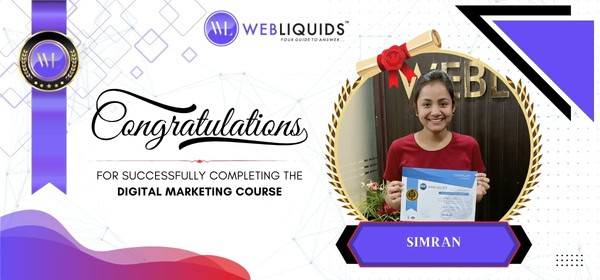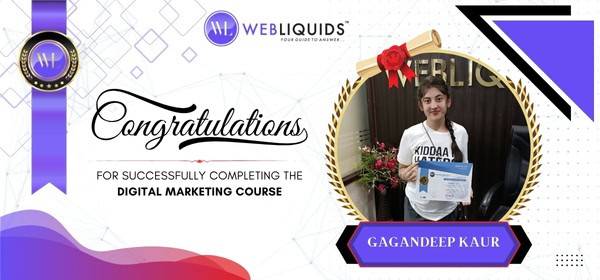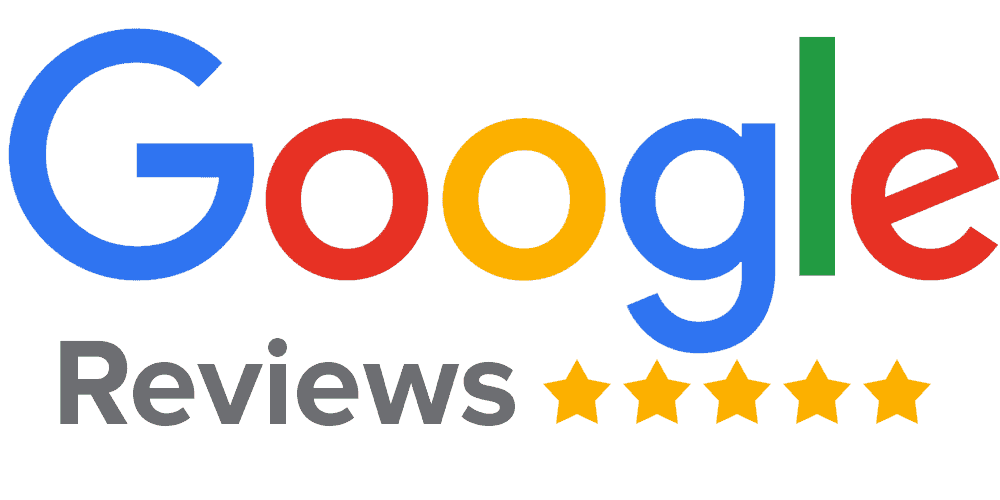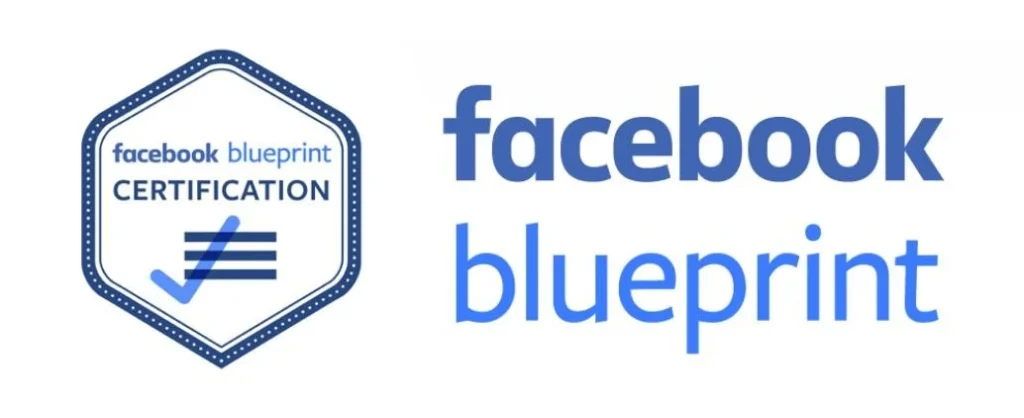Digital Marketing Strategy: The Complete Guide to Growing Your Business Online
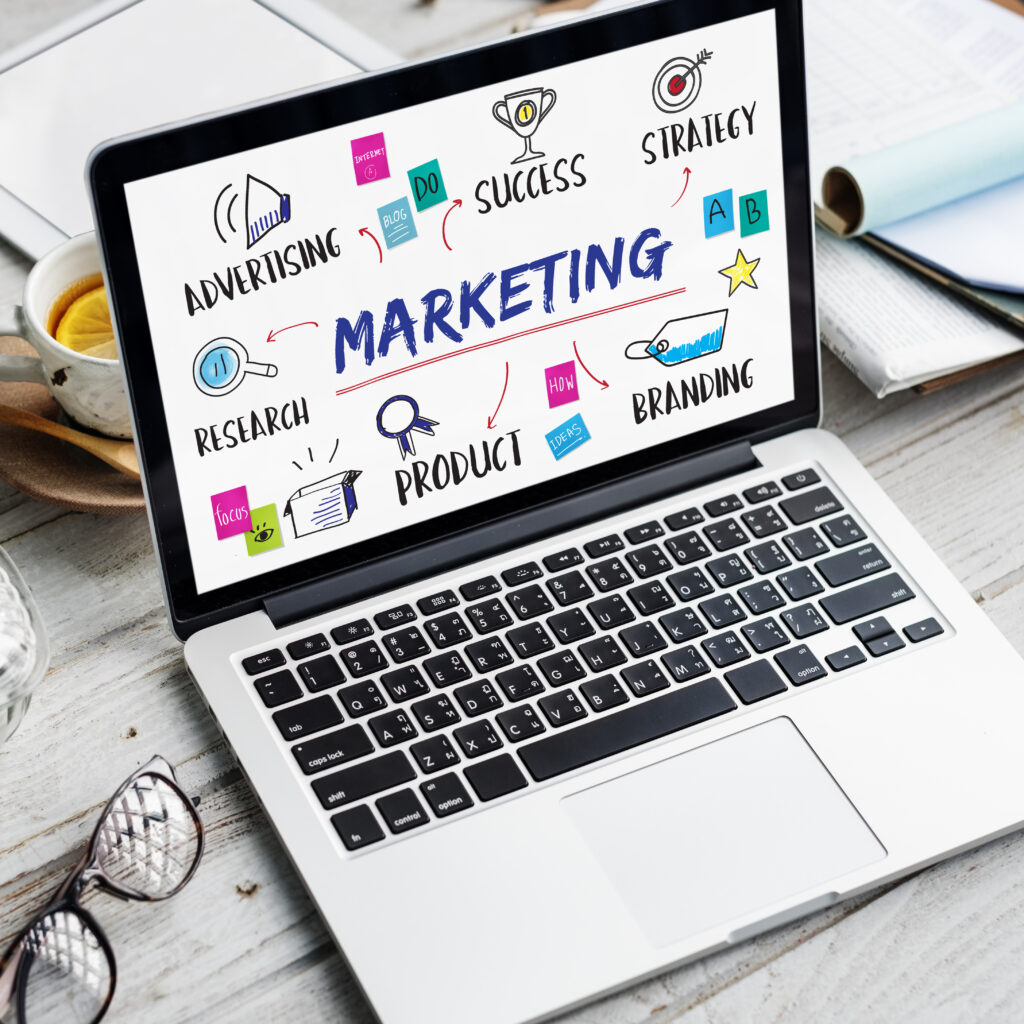
Digital Marketing Strategy: The Complete Guide to Growing Your Business Online
The digital world is evolving faster than ever. Customers now research products online, follow brands on social media, read reviews before buying, and expect instant support. For businesses to succeed in this environment, having a strong and well-planned digital marketing strategy is no longer optional—it’s essential.
Through effective digital marketing, businesses can reach the right audience, build brand authority, generate leads, increase sales, and stay competitive. Whether you’re a startup, small business, or established brand, a strategic approach helps you navigate the digital landscape efficiently and achieve sustainable growth.
This blog explores what a digital marketing strategy is, why it matters, key components, best practices, tools, and how businesses can create a successful online growth plan.
What Is a Digital Marketing Strategy?
A Digital Marketing Strategy is a structured plan outlining how a business will use online channels and digital tools to achieve marketing and business goals.
This includes:
- Search Engine Optimization (SEO)
- Content marketing
- Social media marketing
- Paid advertising
- Email marketing
- Website optimization
- Analytics and tracking
A good strategy aligns with:
- Business goals
- Target audience needs
- Market trends
- Budget
It ensures every digital effort works together for maximum impact.
Why a Digital Marketing Strategy Is Important
Many businesses fail online because they post randomly, run ads without planning, or follow trends without direction.
A strong digital marketing strategy offers:
1. Clear Direction
You know what actions to take and why.
2. Better Targeting
You reach the right audience at the right time.
3. Improved ROI
Every marketing effort is measurable and optimized for performance.
4. Competitive Advantage
You stay ahead of competitors who lack structured planning.
5. Consistent Online Presence
You engage your audience regularly across platforms.
6. Data-Driven Decisions
You use insights to improve performance and scale effectively.
Key Components of an Effective Digital Marketing Strategy
Here are the essential elements every business must include in its digital strategy.
1. Define Your Goals
Before taking action, know what you want to achieve.
Common goals include:
- Increasing brand awareness
- Boosting website traffic
- Generating leads
- Improving sales
- Growing social media presence
- Enhancing customer engagement
- Building loyalty
Use SMART goals:
- Specific
- Measurable
- Achievable
- Relevant
- Time-bound
Example: “Increase online sales by 25% in 6 months through targeted social media ads and email campaigns.”
2. Understand Your Audience
A successful strategy starts with knowing your target audience.
Identify:
- Demographics (age, gender, location)
- Interests
- Buying behavior
- Pain points
- Online platforms they use
- What motivates them to buy
Creating buyer personas helps craft personalized marketing messages.
3. Analyze Your Competitors
Competitor analysis reveals:
- What they are doing well
- Marketing channels they use
- Content style
- Strengths and weaknesses
- Opportunities you can leverage
Use tools like:
- SEMrush
- Ahrefs
- SimilarWeb
- Facebook Ad Library
This helps you build a strategy that outperforms the competition.
4. Build a High-Performing Website
Your website is the center of all digital marketing activities.
A strong website should be:
- Mobile-friendly
- Fast-loading
- Easy to navigate
- Secure (HTTPS)
- SEO-optimized
- Designed for conversions
Include:
- Clear call-to-action buttons
- High-quality product or service descriptions
- Contact forms
- Trust signals (reviews, certifications, testimonials)
5. Use SEO (Search Engine Optimization)
SEO helps you rank higher on Google, attracting free and consistent traffic.
Key SEO elements include:
On-page SEO
- Keyword optimization
- Meta tags
- Header structure
- Internal linking
- Image alt tags
Off-page SEO
- Backlink building
- Guest posts
- Social mentions
Technical SEO
- Website speed
- Mobile optimization
- XML sitemap
- Broken link fixing
SEO is essential for long-term digital growth.
6. Content Marketing
Content is the core of digital marketing. It builds trust, attracts customers, and improves SEO.
Types of content:
- Blog posts
- Social media content
- Videos
- Infographics
- E-books
- Guides
- Product descriptions
- Case studies
- Newsletters
Great content should:
- Educate
- Solve problems
- Inspire
- Entertain
Content marketing positions your brand as an industry expert.
7. Social Media Marketing
Social media helps businesses:
- Build brand awareness
- Engage audiences
- Promote products
- Drive traffic
- Generate leads
Focus on platforms your audience uses most, such as:
- Instagram
- Facebook
- TikTok
- LinkedIn
- Twitter
- YouTube
- Pinterest
Use a mix of:
- Reels & videos
- Carousel posts
- Infographics
- Stories
- Polls
- Live sessions
Consistency is key.
8. Paid Advertising (PPC)
Paid ads give instant visibility.
Popular ad platforms:
- Google Ads
- Facebook & Instagram Ads
- TikTok Ads
- LinkedIn Ads
- YouTube Ads
Use paid ads for:
- Lead generation
- Sales campaigns
- App installs
- Retargeting
- Brand awareness
Paid ads amplify organic efforts and accelerate growth.
9. Email Marketing
Email marketing has one of the highest ROIs in digital marketing.
Use it for:
- Newsletters
- Promotions
- Product launches
- Abandoned cart reminders
- Customer onboarding
- Personalized recommendations
Build automated email flows to increase engagement and retention.
10. Analytics and Tracking
A digital marketing strategy must be data-driven.
Track metrics using:
- Google Analytics
- Meta Insights
- TikTok Analytics
- Search Console
- CRM tools
Monitor:
- Website traffic
- Engagement rates
- Sales and conversions
- Lead quality
- Ad performance
Use data to optimize campaigns for better results.
How to Build a Winning Digital Marketing Strategy (Step-by-Step)
Here’s a simple framework businesses can follow:
Step 1: Audit your current digital presence
Identify what’s working and what needs improvement.
Step 2: Set clear goals
Define business and marketing objectives.
Step 3: Identify and understand your target audience
Know exactly who you’re marketing to.
Step 4: Choose the right platforms
Focus where your audience spends time.
Step 5: Create relevant and engaging content
Use storytelling, visuals, and consistent branding.
Step 6: Allocate budget wisely
Distribute funds across SEO, ads, content, and tools.
Step 7: Launch campaigns
Track performance closely.
Step 8: Analyze results and optimize
Refine strategies for maximum ROI.
Future Trends in Digital Marketing
Digital marketing is continuously evolving. Businesses must stay updated.
Key trends include:
- AI-driven marketing
- Voice search optimization
- Video-first strategies
- Chatbots and automation
- Personalization
- Influencer marketing
- Social commerce
- AR/VR experiences
Incorporating these trends keeps brands modern and competitive.
Conclusion: A Strong Digital Marketing Strategy Is Essential for Success
A well-planned Digital Marketing Strategy helps businesses build credibility, attract customers, and grow sustainably in the modern online world. By focusing on SEO, content, social media, paid ads, email marketing, and analytics, businesses can create a powerful digital ecosystem that drives consistent results.
In a competitive digital landscape, the brands with the most strategic, data-driven, and creative marketing approaches always come out on top.
FAQs:
1. What is a digital marketing strategy?
It is a plan that outlines how a business will use online channels like social media, SEO, ads, and email to reach customers and grow.
2. Why does my business need a digital marketing strategy?
It helps you get more visibility, attract the right audience, save money, and achieve better results through a clear, organized plan.
3. What are the main parts of a digital marketing strategy?
The key parts include SEO, social media, content marketing, paid ads, email marketing, and website optimization.
4. How long does it take to see results from digital marketing?
Paid ads show results quickly, while SEO and content marketing usually take a few months to build momentum.
5. Can digital marketing help small businesses?
Yes, it is one of the most affordable and effective ways for small businesses to compete and grow online.
6. Which digital marketing channel is the most effective?
No single channel works for every business. The best results come from combining SEO, social media, content, and ads.
7. Do I need a website for digital marketing?
Yes, a website is important because it acts as the main place where visitors learn about your business, buy, or contact you.
8. Is digital marketing expensive?
It can be affordable. Many strategies like SEO and content marketing need more time than money, making them great for smaller budgets.
Ready to Master Digital Marketing? Sign Up Today!
Inspiring Job Placement Success Stories

Our Achievers Ready to Lead the Industry
